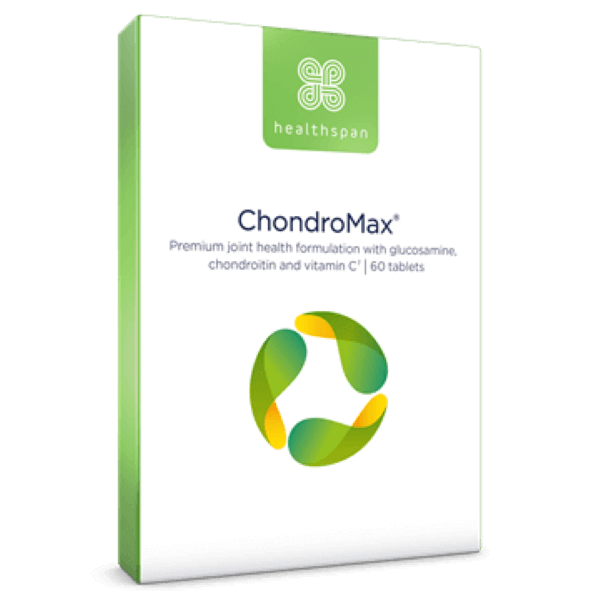Swimming is the perfect exercise for anyone who's been injured, had an operation, or an illness such as arthritis. It helps strengthen muscles and ligaments, improves your cardiovascular fitness, and is a safe and effective workout which gently supports your body, particularly injured areas.
Progressive aerobic exercise (the type that works the cardiovascular system) of any type is a great way to boost recovery - whether it's post-operative or to ease joint pain and help sprains heal quickly. It can also help you recover from other illnesses and even depression. Moving, breathing and getting blood flowing, all helps your body heal itself quicker.
Swimming is particularly good as it's a no-impact activity, hence why exercising in water is popular with pregnant women, older people, the overweight, and those with chronic illnesses such as arthritis.
Swimming after surgery
Swimming is good exercise after surgery as there's no impact and it works all the muscles in the body. Freestyle is good if you want to go fast and burn calories, breaststroke if you want to go easier (but after some ops you should avoid it, see below), and backstroke provides an excellent workout for the back. Butterfly is fun, and hard work, but probably only suited to seasoned swimmers in the recovery phase.
Obviously, there are some limitations, and after surgery you will need to be patient. When you get in the water depends on the type of operation you've had, and how well your body is healing. You shouldn't go swimming until your GP or surgeon says it's safe. Getting in the water too early will risk infection, or re-opening the wound.
- Hip and knee replacement: When the sutures are removed and the wound is healed you can swim. You should be able to swim after eight to 12 weeks. For a knee replacement, you should wait 12 weeks and for both operations, you should avoid breaststroke.
- Shoulder and elbow replacement: This will be dependent on pain, but you should be able to swim after six weeks.
- Heart by-pass surgery: Expect to wait 12 weeks.
- Appendectomy: The wound should heal relatively quickly, so you can swim between 10 and 14 days later.
- Eye operations: You should wait a month after a cornea transplant, and two weeks after cataracts. After any eye surgery you should wear goggles.

High Strength Glucosamine & Chondroitin (ChondroMax)
Advanced glucosamine and chondroitin combination for joint health
- Glucosamine and chondroitin are found naturally in joints
- Premium 90% chondroitin sulphate for better absorption
- Shellfish-free glucosamine HCl and vitamin C for joints
Bones and joints
For a sprain, you will need to rest and elevate the affected joint, applying ice and taking non-steroidal anti-inflammatory drugs (NSAIDs). If it doesn't settle you may need physiotherapy.
If you're fit and healthy however, you may be able to swim. For example, you can use a pull buoy to support a leg/ankle injury, and just work the upper body. Some people can start the day after the injury happens, others may prefer to wait a week or two. Listen to your body and if you're not a swimmer, remember you can join an aqua aerobics or aqua gym class led by a qualified instructor.
Lower-back pain, arthritis, or rehabilitation following a knee or hip replacement can all benefit from water or aqua therapy. The American College of Sports Medicine recommends swimming or walking in the water as rehabilitation exercises for injuries to ligaments, muscles, or tendons. Research has found pain from conditions such as mild osteoarthritis (OA) and joint stiffness will improve with regular exercise - particularly strengthening exercises and aerobic fitness. Working out in water will give you these benefits, but no impact and less pain.
Swimming for weight-related joint pain
Losing weight if you're overweight can ease symptoms of joint pain.
If you weigh 11st (69.85kg), swimming fast for one hour will burn 704 calories and 493 calories at a slow rate. Swimming and working out in water when you have weight to lose is a great option, as it takes pressure off already-strained joints, it helps keep you cool whilst you're working out, and works all the muscles as well as burning calories.







